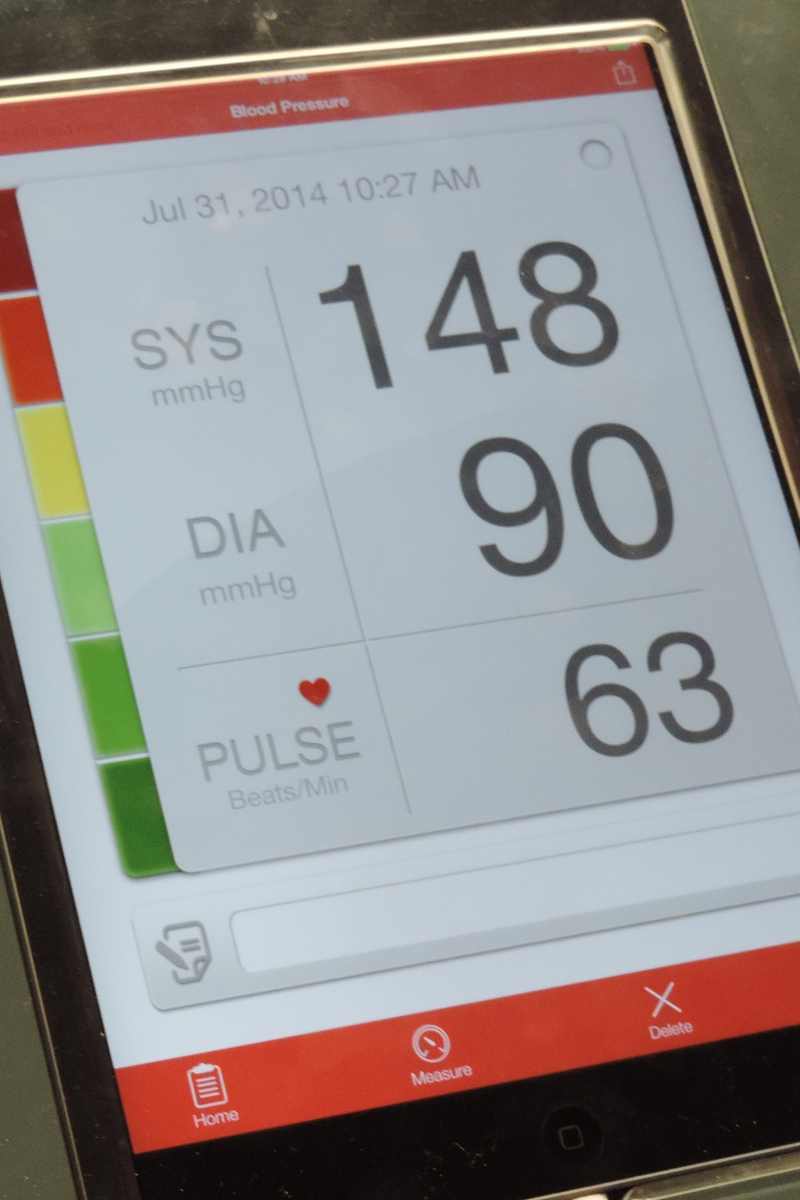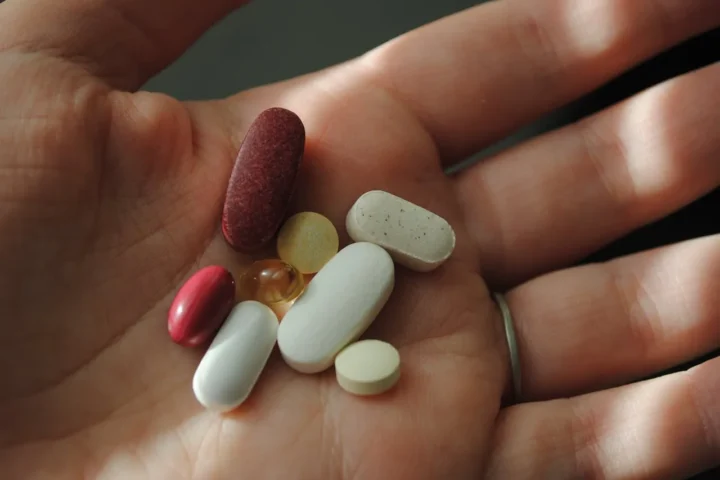Nearly half of all U.S. adults have high blood pressure, putting them at risk for heart disease – the number one killer worldwide. To address this, the American Heart Association (AHA) and American College of Cardiology (ACC) recently released their first updated guidelines since 2017.
The 2025 guidelines keep the same blood pressure categories as before: normal (less than 120/80 mm Hg), elevated (120-129/80 mm Hg), stage 1 (130-139/80-89 mm Hg), and stage 2 (140/90 mm Hg or higher). What’s changed is when treatment should begin.
In 2017, stage 1 hypertension (130–139/80–89 mm Hg) prompted medication only if there was clinical cardiovascular disease, diabetes, chronic kidney disease, or a high 10-year atherosclerotic cardiovascular disease risk; otherwise, lifestyle changes were recommended first. For low-risk stage 1 hypertension, the new guidelines recommend lifestyle changes for 3–6 months before adding medication. If risk is elevated (based on the PREVENT 10-year cardiovascular disease estimate) or relevant comorbidities are present, medication should start earlier.
Dr. Daniel Jones, chair of the guidelines committee, said the goal is to control blood pressure more aggressively to prevent cardiovascular disease, stroke, kidney disease, and dementia.
The guidelines include several important changes. First, they recommend no alcohol consumption at all. For those who choose to drink, limits remain at no more than one drink per day for women and two for men.
Similar Posts
“A lot of people enjoy drinking, but because the evidence is there, we want you to make an informed decision,” says Jones. “We put forward the ideal as abstinence, and for those who choose to drink, less than one for women and less than two for men.”
Other lifestyle recommendations include reducing sodium to less than 2,300 mg daily (ideally 1,500 mg), losing at least 5% of body weight if overweight or obese, getting 150 minutes of physical activity weekly, and following the DASH diet rich in fruits, vegetables, and whole grains.
The guidelines also emphasize the importance of proper blood pressure monitoring at home and introduce the PREVENT risk calculator to help personalize treatment decisions. For pregnant women, treatment is now recommended when blood pressure reaches 140/90 mm Hg, and low-dose aspirin may be prescribed to reduce preeclampsia risk.
For people with obesity, the guidelines mention the potential benefit of GLP-1 medications as part of an overall treatment plan that includes diet and exercise.
Blood pressure is measured in millimeters of mercury (mm Hg) and has two numbers. The top number (systolic) measures the pressure when your heart beats, while the bottom number (diastolic) measures pressure between beats. When these numbers are too high, your heart and blood vessels must work harder, eventually causing damage that can lead to heart attack or stroke.



















